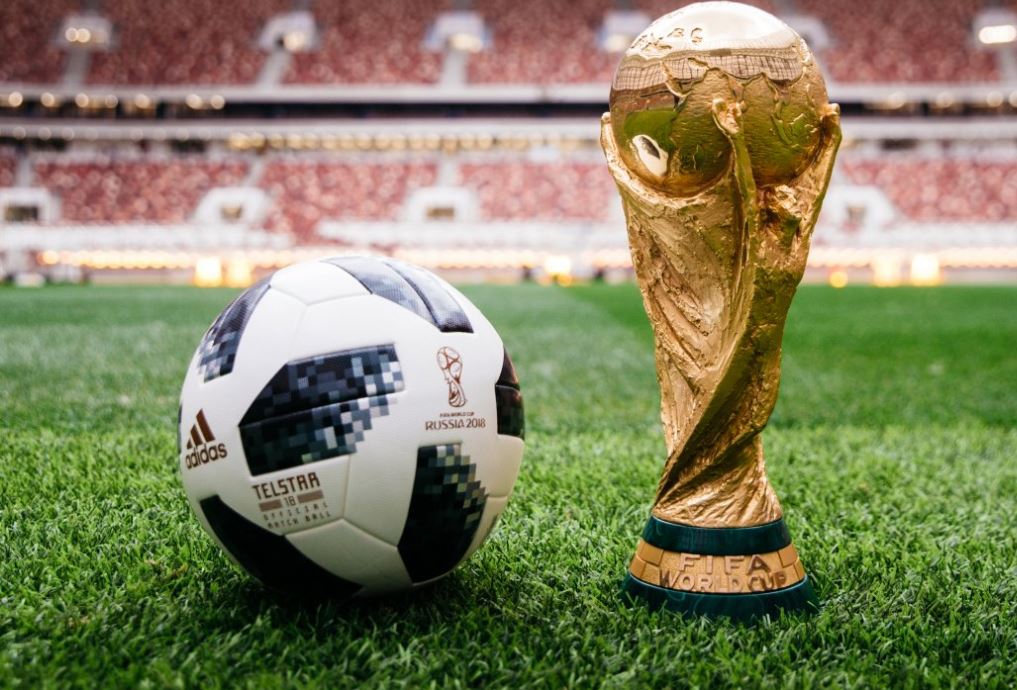Wi-Fi and 4G upgrades keep Moscow connected during 2018 World Cup
Fans generated 144PB at FIFA venues in the Russian capital.

This summer’s football World Cup in Russia was a chance for the country to showcase itself to the world. It was an opportunity that it seized with both hands as teams, the media and fans sung the praises of organisers and locals.
For the Moscow Government’s Smart City Lab, the influx of thousands of supporters around the world was the perfect test for its network infrastructure and has helped it lay the foundations for future 5G tests in the capital.
Ahead of the World Cup, Russian telcos invested 1.3 billion roubles (£15m) into Moscow’s IT infrastructure, boosting connectivity at stadiums, training bases, transport hubs, media centres and operational offices.
Stadium connectivity
Four venues received particular attention – the Luzhniki Stadium, which hosted the final, Spartak Stadium and FIFA Fan Fests at Sparrow Hills and at Spartak Stadium.
Mobile connectivity is an increasingly important part of the matchgoing experience as fans look to share images and posts with friends via instant messaging and social networks. Stadium operators around the world have invested in Wi-Fi networks, which also allow them to collect more data on visitors, but mobile operators are also improving coverage for their customers.
Stadiums can be tricky to deliver better coverage because it involves supporting tens of thousands of users in a single location while also coping with huge surges in demand during half-time.
But mobile coverage is also vital in negotiating a foreign country, especially one like Russia where few visitors will know Russian. Mapping applications are essential for getting around, while World Cup visitors noted the seemingly-ubiquitous use of Google Translate to decipher signs, documents and restaurant menus.
Sign up to the TechRadar Pro newsletter to get all the top news, opinion, features and guidance your business needs to succeed!
This is why train stations and public spaces are also a consideration for tournament organisers.
Mobile network upgrades
Ahead of the World Cup, Russian mobile operators deployed 1,300 cell towers, 55 mobile cell sites and 25km of fibre to keep spectators connected. Maximum speeds reached 260Mbps with a more realistic average of between 20Mbps and 100Mbps with the Luzhinki Stadium supporting up to 150,000 simultaneous connections and Spartak Stadium 60,000.
The single biggest peak was during the Russia v Croatia quarter-final, when traffic exceeded New Year’s Eve by one and a half times. During the tournament, mobile users generated 144 petabytes of data.
An interesting trend was the use of local SIMs. According to the Moscow Government, half of all visitors used pre-paid SIMs to access a Russian network, a figure which rises to 85 percent to fans from South and Central America.
Wi-Fi boost
Moscow authorities also spent 830 million roubles on Wi-Fi infrastructure, adding 2,000 hotspots to its existing network of 30,000. The Moscow Government said the Wi-Fi network at the Luzhniki was powered by 420 hotspots and could support 84,000 visitors, while 200 were deployed at the Spartak Stadium, supporting 45,000. An average speed of 7Mbps was three and a half times faster of what FIFA required.
In total, 70,000 people accessed the Wi-Fi network in Moscow and transmitted 9.5TB. The most popular applications were Instagram, WhatsApp, VK (A popular Russian communication application), YouTube and Facebook. Russian users accounted for nearly three quarters of connections, with the US, Canada, UK, Germany and France responsible for between 3 and 1.8 per cent each.
“In cooperation with mobile operators we have developed sophisticated digital ecosystem providing solid mobile network and extensive Wi-Fi coverage for our visitors,” said Andrey Belozerov, Strategy and Innovations Advisor to the CIO of Moscow.
“At first we have expected 30-35,000 visitors at FIFA Fan Fest Sparrow Hills, but during the first day 70,000 visitors arrived and it exceeded our expectations. We had to scale up our networks to withstand a peaking load. We believe that we have managed to provide an infrastructure for everyone to share this moment with their friends abroad.”
Road to 5G
Aside from meeting existing connectivity demands, authorities also used the World Cup to trial some future technologies too. More than four thousand connected CCTV cameras were used in Moscow, with three video analytics zones trialling facial recognition software to identify known hooligans.
The government says 98 people were banned from entering venues through the use of its technology.
And as ever, there was one eye on 5G. Russian operator MTS and Ericsson held 5G demos during the tournament, while MegaFon worked with Huawei on its own trials.
Now the World Cup is over, city authorities and Megafon will launch a ‘permanent’ 5G pilot zone with a view to a commercial launch in 2022. Applications four key industries – healthcare, transport, construction and housing – will be tested.
While no one would pass up the opportunity of attending a World Cup game because they couldn’t access Instagram, the figures illustrate how smartphones and mobile connectivity are becoming an essential part of attending events and visiting other countries.
The first commercial 5G services are set to go live later this year and by the time of the next World Cup in Qatar in 2022, there will be lose to three quarters of a billion 5G connections, according to CCS Insight.
Steve McCaskill is TechRadar Pro's resident mobile industry expert, covering all aspects of the UK and global news, from operators to service providers and everything in between. He is a former editor of Silicon UK and journalist with over a decade's experience in the technology industry, writing about technology, in particular, telecoms, mobile and sports tech, sports, video games and media.